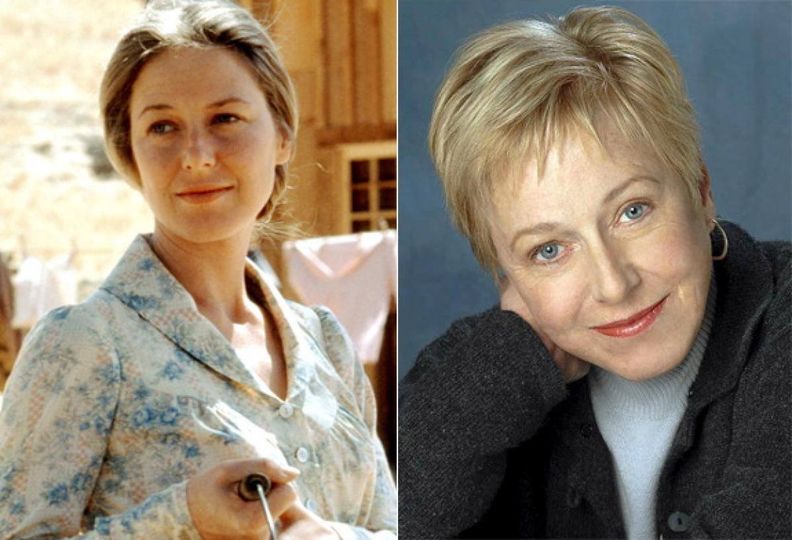Some ideas frighten us so badly that they are constantly revisited, burrowing into our collective unconscious. Some stories are retold and re-interpreted to scare entirely new generations. Zombies, apocalypses, axe-wielding slashers; every decade is full of our revisited anxieties, adding new context to our most primal fears. These are formats that we fill with new details specific to their time, but the skeletons stay the same. These archetypes, no matter the era, can be dredged back up to prey on our uneasiness.
One of those dreadful tropes is the creepy doll. Storytellers have long imbued objects with human emotion, and the puppet story Pinocchio is a great focal point to investigate our anxieties regarding animated toys. While Pinocchio is the story’s protagonist, his misadventures have some frightening implications. Gepetto plays God and is immediately the worse for it. This idea of a God-complex character meeting their demise at the hand of their creation re-emerges throughout the history of the subgenre.
As nearly as long as filmmakers have sought to scare their audiences, those filmmakers have used scary toys. An early example of scary dolls in cinema is the 1929 film The Great Gabbo, in which the titular ventriloquist becomes disquietingly reliant on his talents. While the stories ventriloquist dummy Otto doesn’t act entirely of its own accord, its eerie visage is enough to scare you on its own. Many of the specifics of this type of story crystallize with 1945’s Dead of Night, featuring another ventriloquist dummy. This time, not only does the dummy act of its own volition but also the dummy (here named Hugo) visits harm upon its owner and any who cross its path.
Ok, so with a few early examples accounted for, we can begin looking at why these stories are effective. Typically, toys and dolls are children’s things, innocent, friendly-faced, and harmless. We associate these qualities with the innocence of childhood, so when they’re subverted, it’s very scary!
An important definition in understanding what makes killer dolls scary is the “uncanny valley.” This is a concept in design wherein a creature (or in this case a toy) is somehow both lifeless and lifelike. That feeling of uncanniness comes from the doll looking realistic enough to be disconcerting, while also not looking realistic enough to be natural. Sigmund Freud wrote of children’s inability to see the “distinction between the animate and the inanimate,” while adults have repressed those childlike qualities. This last concept works hand-in-hand with the aforementioned fear of corrupted children, usually manifesting as codependency between the child and the killer doll.
Alright, so now that we understand some of the psychology of what makes these creepy dolls creepy, let’s take a further look at some examples throughout the history of media:
“Talky Tina, a doll that does everything, a lifelike creation of plastic and springs and painted smile. To Erich Streator, she is the most unwelcome addition to his household—but without her, he’d never enter the Twilight Zone.”
The trope of the killer doll will likely be around for as long as there are stories. Today, the archetype is injected with all the failings of modernity. We’ve seen artificial intelligence turn on its creators in M3gan. The Child’s Play remake makes grisly use of all the “smart” connectivity features in modern appliances. And the Conjuring franchise packs some old-school scares with its Annabelle doll. Chucky, too, has a new life on TV, slicing and dicing in brand new stories with brand new queer characters.
We can project onto a doll whatever we want. The innocence is only there until a human comes along and disturbs it. That’s one specific that is true of most killer doll stories. Rarely is the doll’s hostility unprovoked; they’re usually righting some wrong, or setting up a climax where somebody gets their just dues.

